
The Marathi-language Naal 2 features an exemplar of the big-eyed children that the movies love. Chimi, who has the voice of a baby bird and an irresistible manner, is played by the enchanting Treesha Thosar. The film’s predecessor, Naal (2018), similarly starred an adorable child, played by Shreenivas Pokhale.
Both films examine a boy’s understanding of adoption. In Naal (available on ZEE5), Pokhale’s Chaitu develops an obsession with his birth mother Parvati, which upsets his relationship with his adoptive mother Suman. In Naal 2 (in cinemas with English subtitles), Chaitu meets Parvati as well as his birth father and learns of his half-siblings, the developmentally challenged Mani and the redoubtable Chimi.
The films use children to explore adult themes, such as the dilemma faced by parents of adopted children, school bullying and inheritance rights for women. And since both movies reflect a child’s worldview, they are simple by design, feel-good by nature, and warm rather than cynical.
There are movies meant specifically for children. The ones produced by the government-run Children’s Film Society of India are mostly simplistic fairy tales that you outgrow as soon as you cross the threshold for puberty.
Some of our collective experience of watching children in mainstream cinema has been ruined by their exaggerated cuteness, high-pitched voices, and precocious ways. When kids behave as they are likely to, rather than as miniaturised versions of adults, the films are always better too.
Fortunately, there is a healthy enough crop of movies that prominently feature children but are aimed at grown-ups. Satyajit Ray’s Pather Panchali (on Prime Video), about Apu’s impoverished early years in rural Bengal, and Ritwik Ghatak’s Bari Theke Paliye, about an eight-year-old runaway boy, follow their knee-high protagonists through adult eyes. Aravindan Govindan’s Kummatty, based on a Kerala folk story of a bogeyman, can be enjoyed by children and adults alike.
The impact of serious problems like poverty, war or abandonment is felt even more acutely when children are involved – proven by Vittorio De Sica’s Bicycle Thieves (on MUBI), about a father-son pair who desperately hunt for a missing cycle, or Russian master Andrei Tarkovsky’s Ivan’s Childhood, the horrors of World War II come vividly alive through a 12-year-old orphaned boy. A string of films and documentaries about Palestine feature the ravages of lengthy Israeli occupation, unending military conflict and the refugee experience.
If Luis Bunuel’s Los Olvidados unflinchingly shows delinquent criminals involved in robbery, physical attacks and even murder, Francois Truffaut’s The 400 Blows (on MUBI) reveals the loneliness of a rebellious adolescent in Paris. These films influenced Hector Babenco’s Pixote, which in turn made an imprint on Mira Nair’s unforgettable directorial debut Salaam Bombay!
The loss of innocence includes the unthinkable: death. In Pather Panchali, the early demise of Apu’s beloved elder sister Durga is a turning point for the boy, preparing him for the series of deaths of those he holds dear.
Hayao Miyazaki’s animated masterpieces Princes Mononoke, Spirited Away, Nausicaa of the Valley of the Wind and Howl’s Moving Castle (on Netflix) or Isao Takahata’s Grave of the Fireflies and Pom Poko take a storytelling form traditionally associated with young viewers to study grown-up concerns over senseless warfare, environmental degradation and sensitivity towards the powerless. Meanwhile, Miyazaki’s My Neighbour Totoro and Kiki’s Flying Service (also on Netflix) are in the Kummatty category: movies with child protagonists that transport older viewers to their wonder years.
Children can be vessels of political allegories that would otherwise be censored or outright banned, as Iranian cinema taught us. The early films of Abbas Kiarostami and Mohsen Makhmalbaf as well as Jafar Panahi’s The White Balloon have children living through experiences that hold lessons for older audiences.
Some Indian films have used children to look at social realities that might not otherwise be accepted if grown-ups were involved. In Prasun Chatterjee’s Dostojee and Shiladitya Bora’s Ab to Sab Bhagwaan Bharose, children bear the brunt of religious polarisation.
One of the most affecting films about children is M Manikandan’s Tamil-language Kaakkaa Muttai. Two brothers develop a yearning for pizza – a pipe dream, given their impoverishment. Through their adventure, Manikandan explores the dire poverty of Chennai’s slum dwellers, the deprivation that has kept the boys out of school and on the streets, and the false aspirations created by globalisation. Tucked into a film about children is an exploration of the unequal, unjust world that adults have created.
There is no scope for cuteness or the big eyes that invariably show up in even sobering films about children. In PS Vinothraj’s searing Koozhangal, a young boy treks through punishing terrain with his abusive father in the direction of his mother’s village. The Sisyphean nature of the journey, as well as the endurance of women in this harsh part of Tamil Nadu, come brilliantly together in the closing scene. The film is available on Sony LIV, and has to be seen to be believed.
Reading about films
Bengali cinema chronicler Amitava Nag has a much-needed biography of Bengali master Tapan Sinha. The well-researched The Cinema of Tapan Sinha (Om Books International) traces the difficulties and challenges faced by Sinha in making his films, which include Kabuliwala, Apanjan, Khudito Pashan, Atanka and Wheel Chair. Sinha also made Hindi movies, including the brilliant Ek Doctor Ki Maut. Sinha, who died in 2009, “was the link between Bengal’s famed troika (Satyajit Ray, Ritwik Ghatak, Mrinal Sen) and their less-celebrated compatriots”, Nag writes. “Tapan’s one limitation as an artistic film-maker probably lay in the fact that unlike the triad, he failed to find a theme to which his aesthetic sensibilities could be tied. He took up diverse subjects for his films, no two subsequent films seemed similar. If that was his strength, it was his tragedy too.”

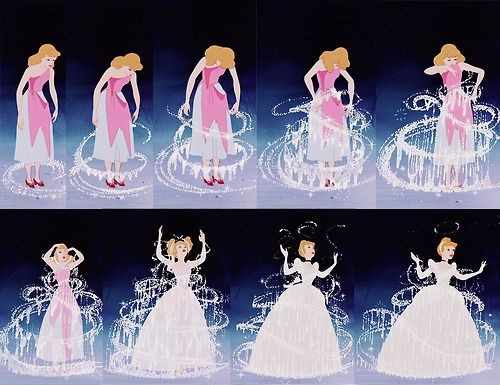
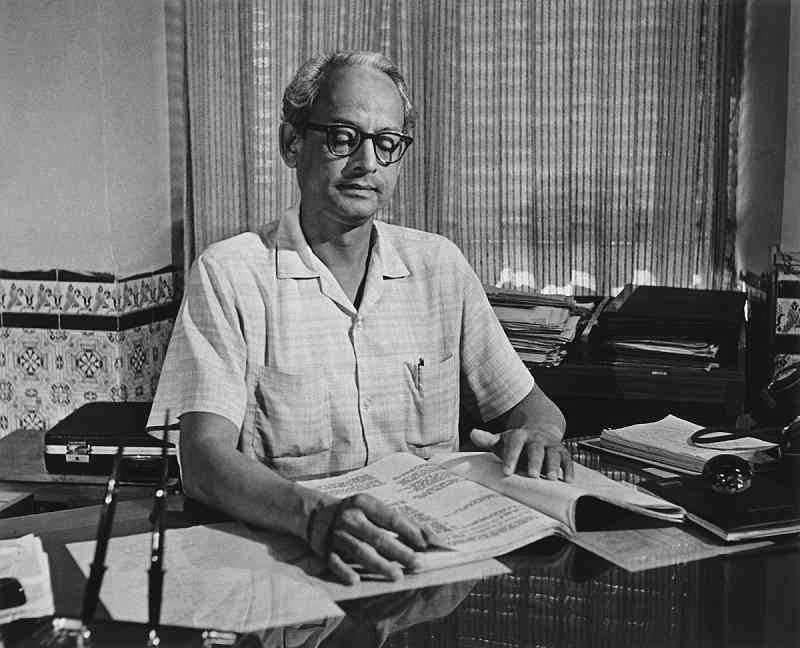
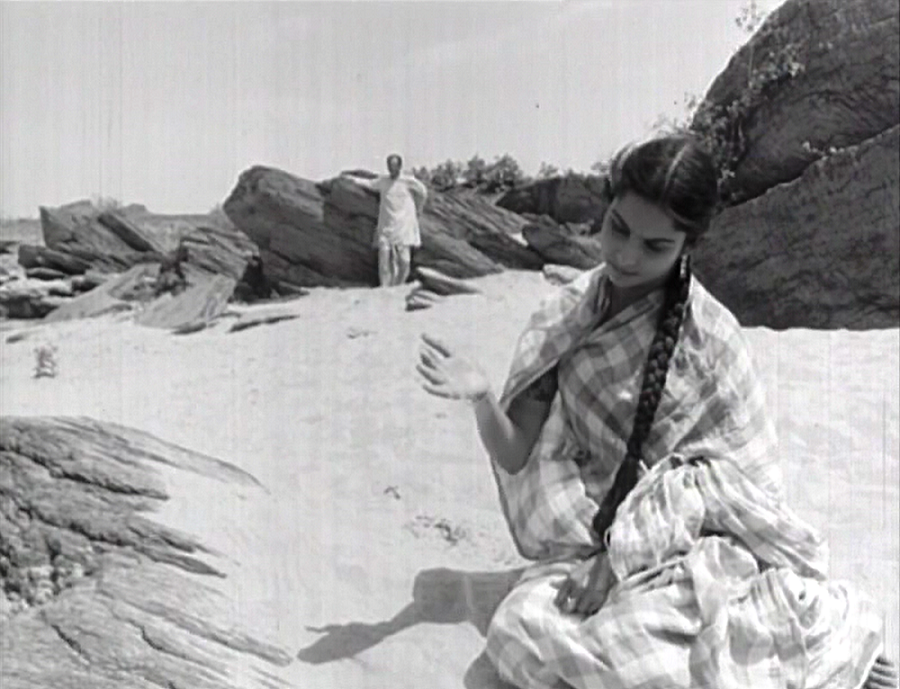
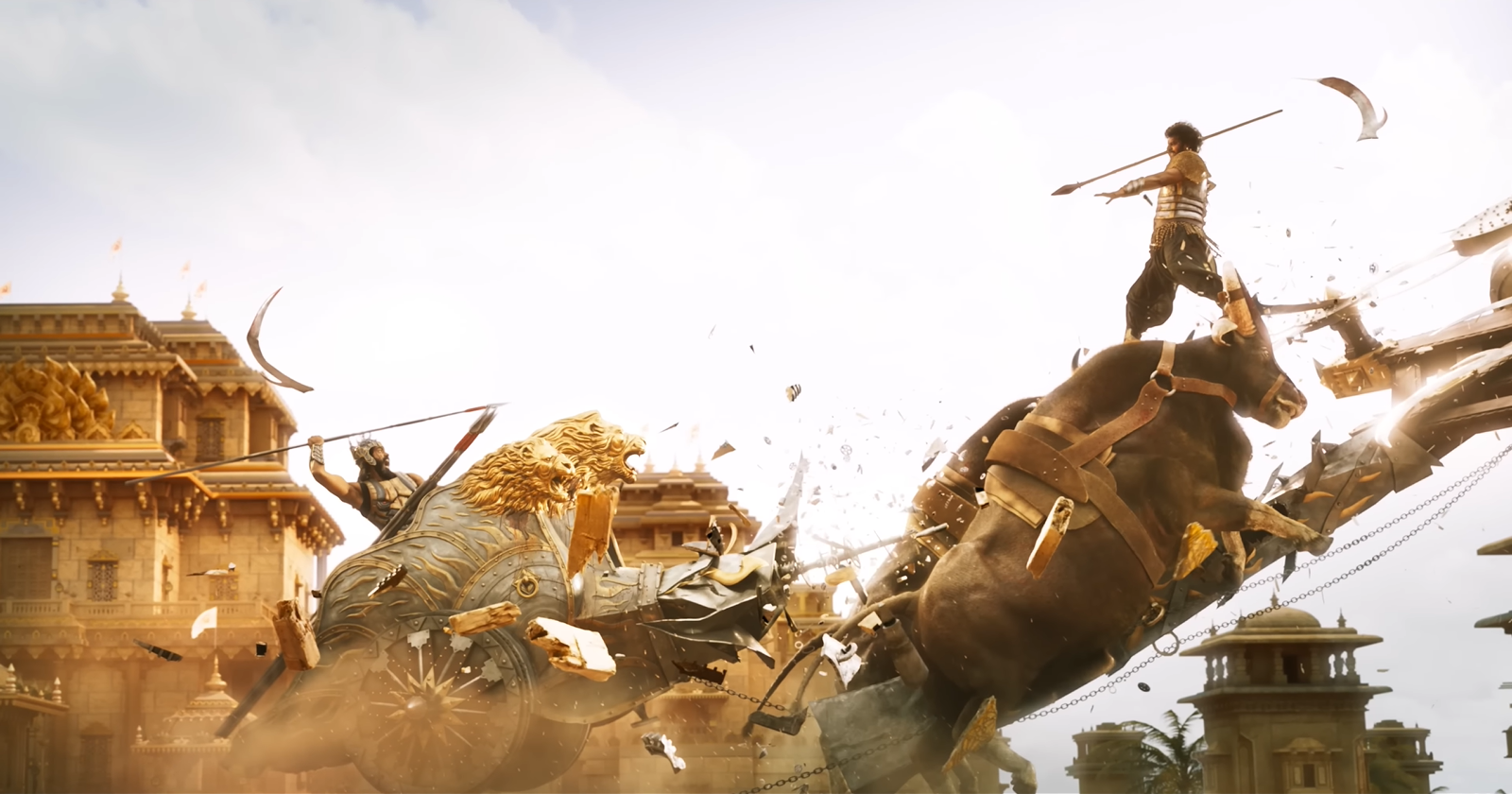
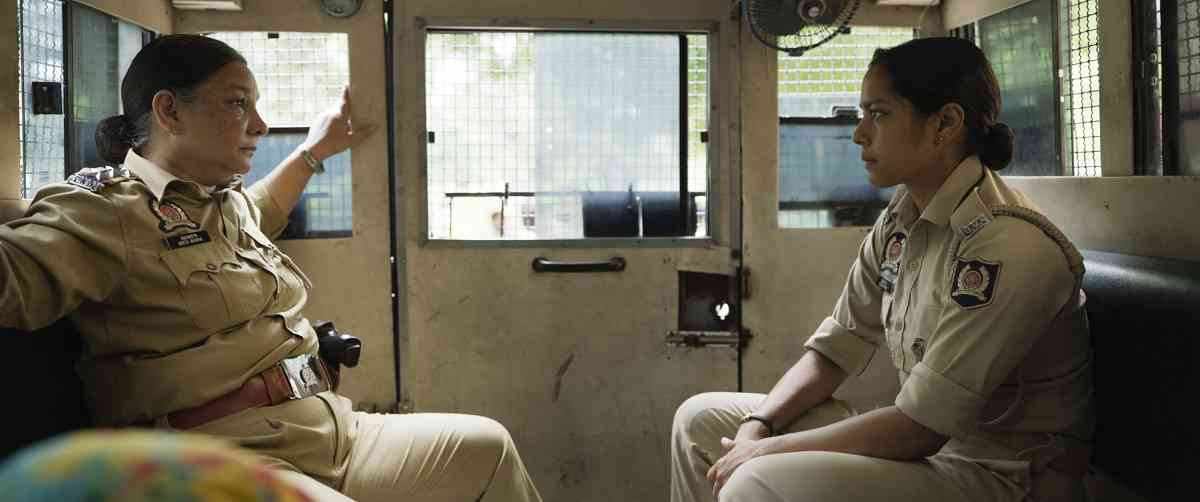
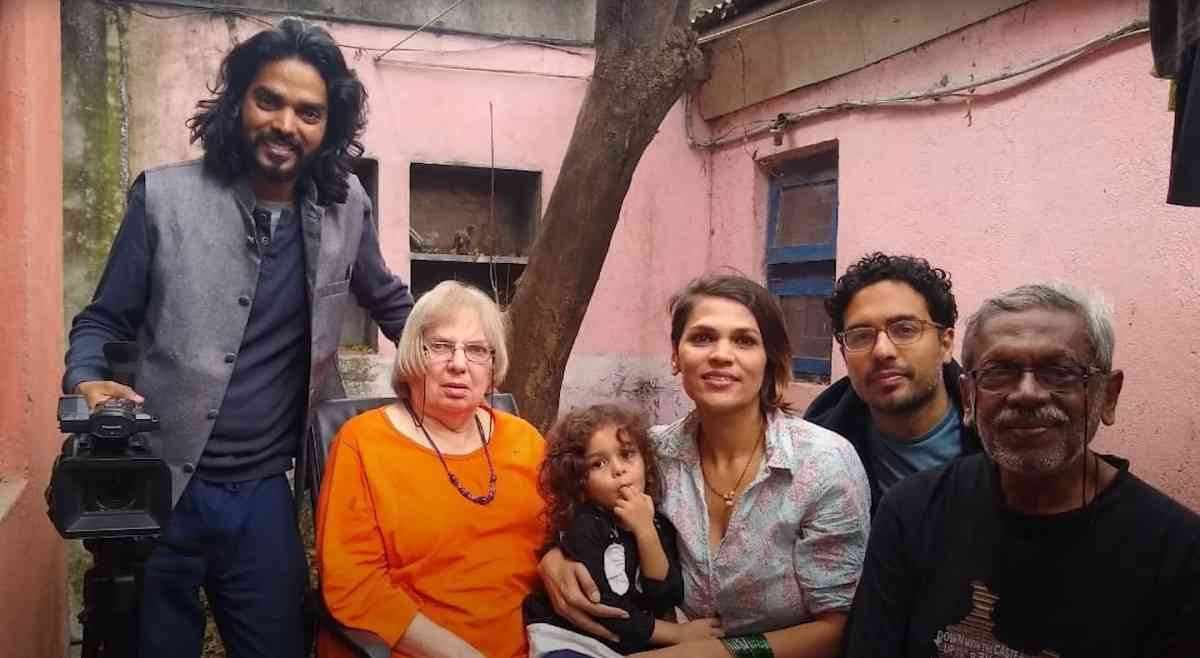
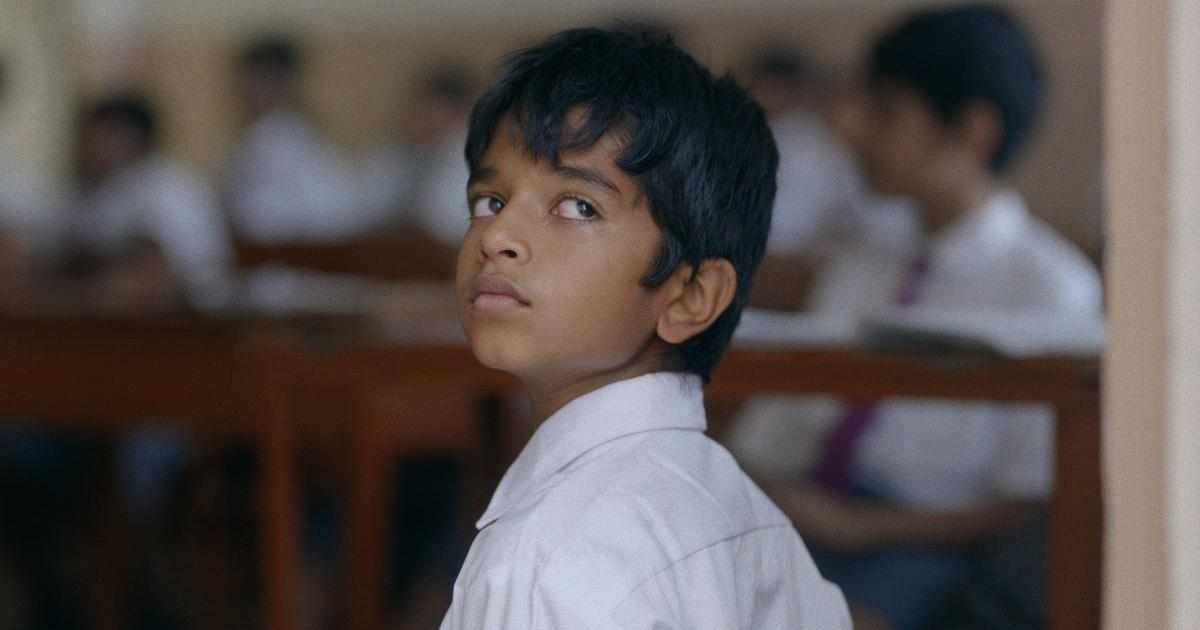
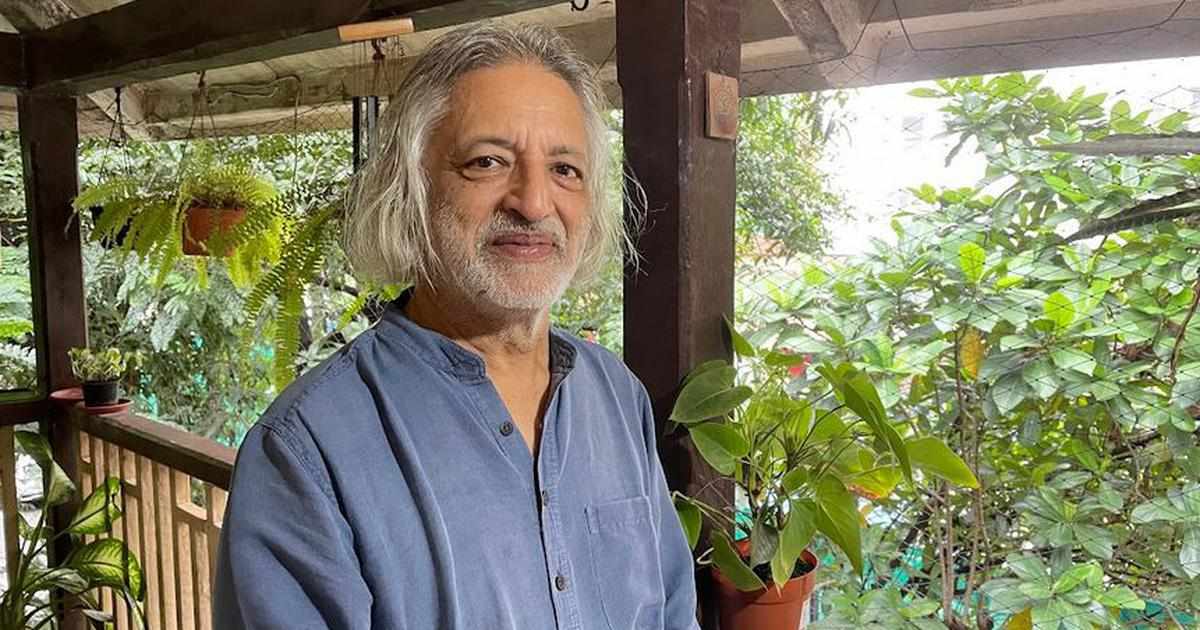
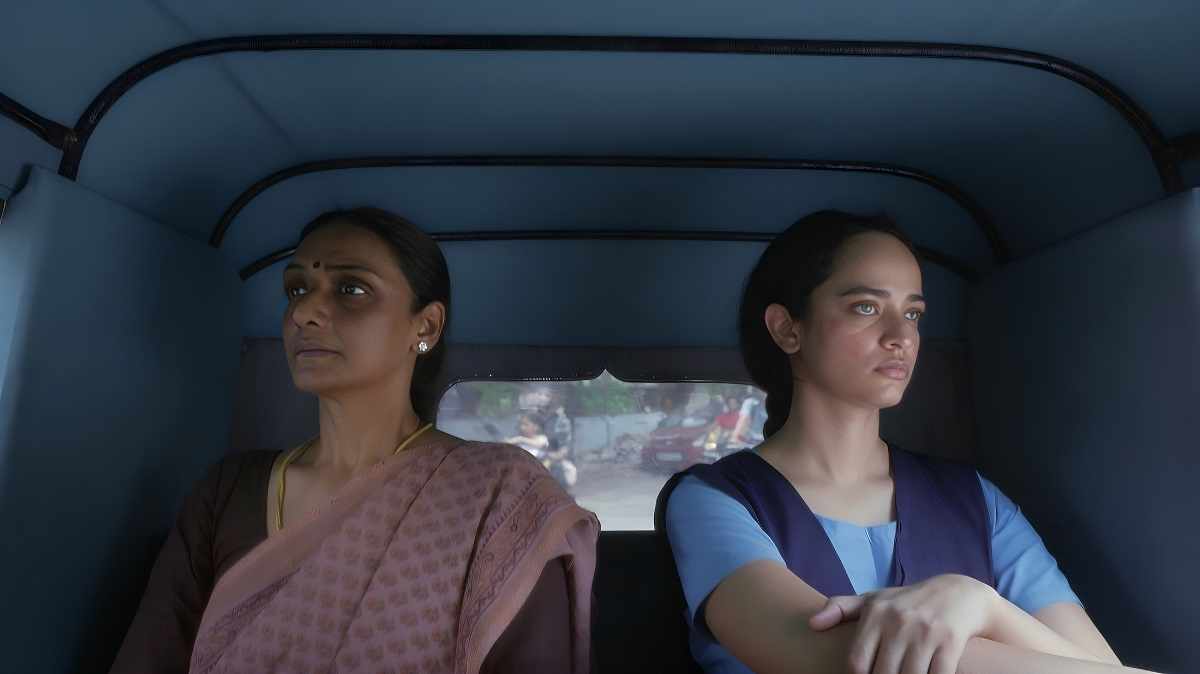
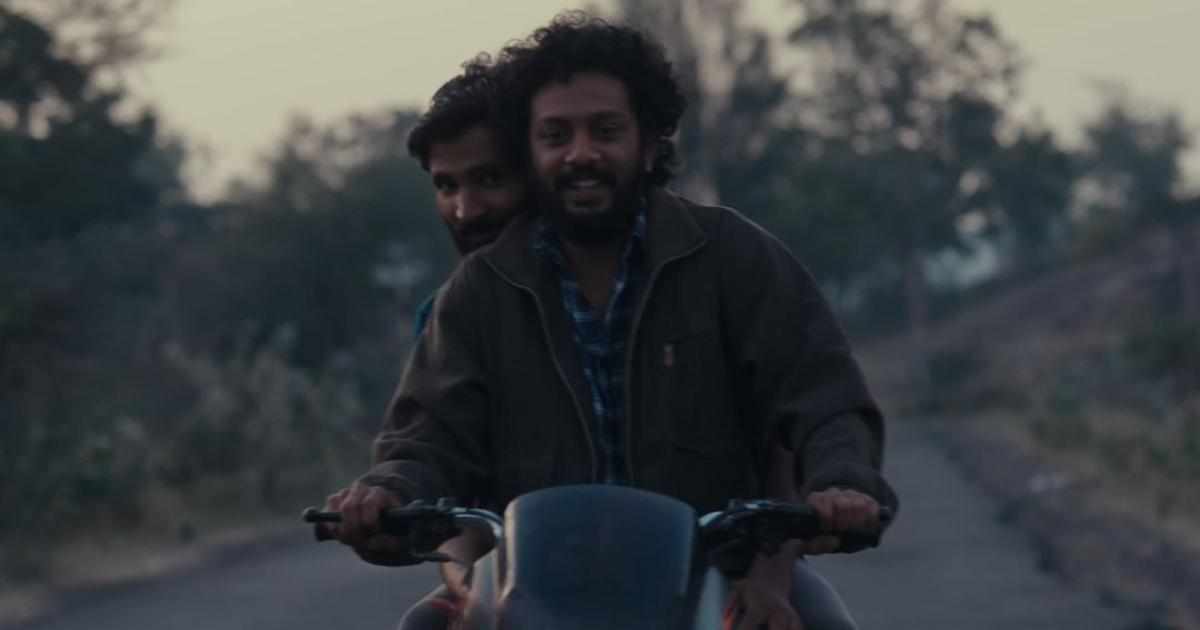

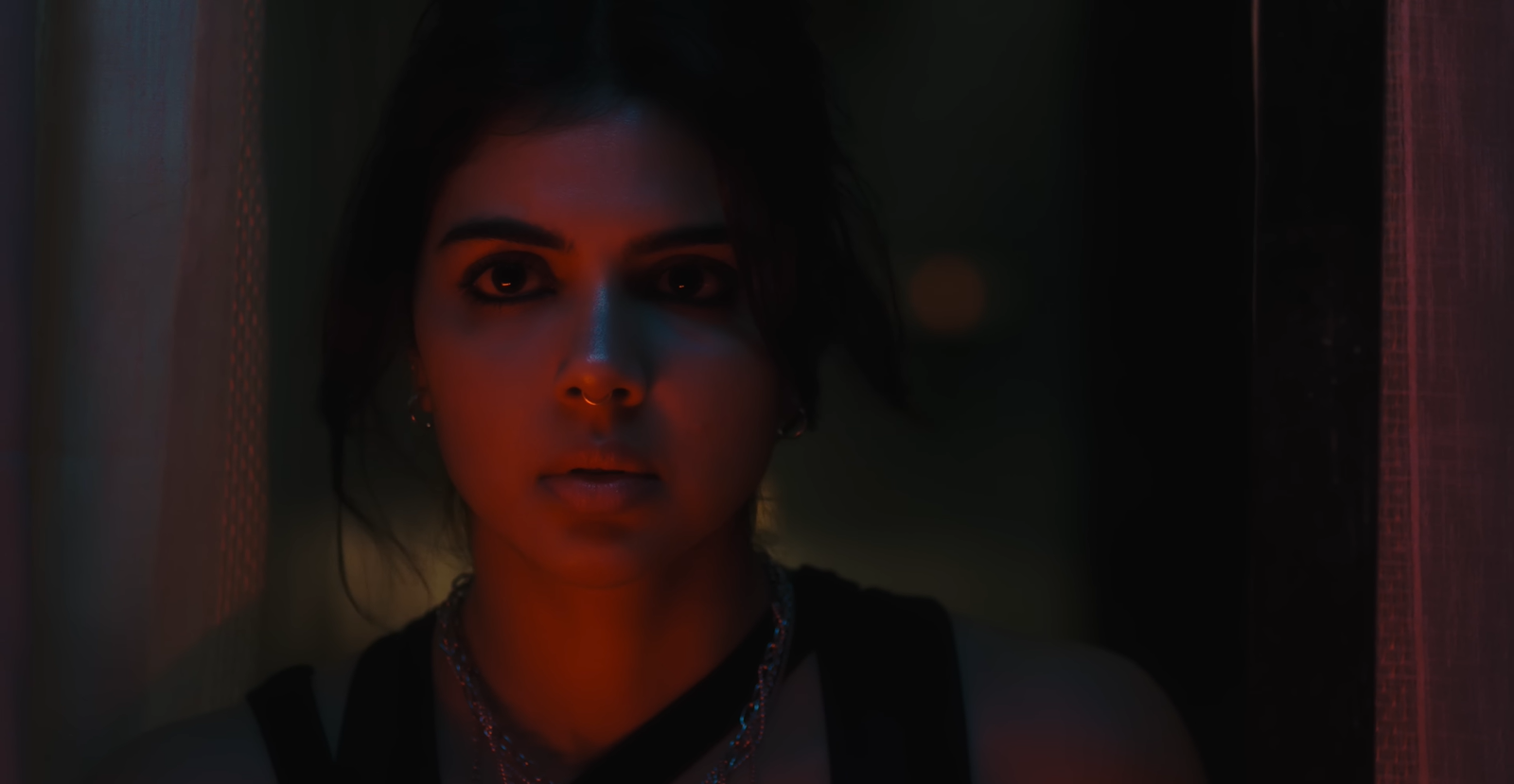
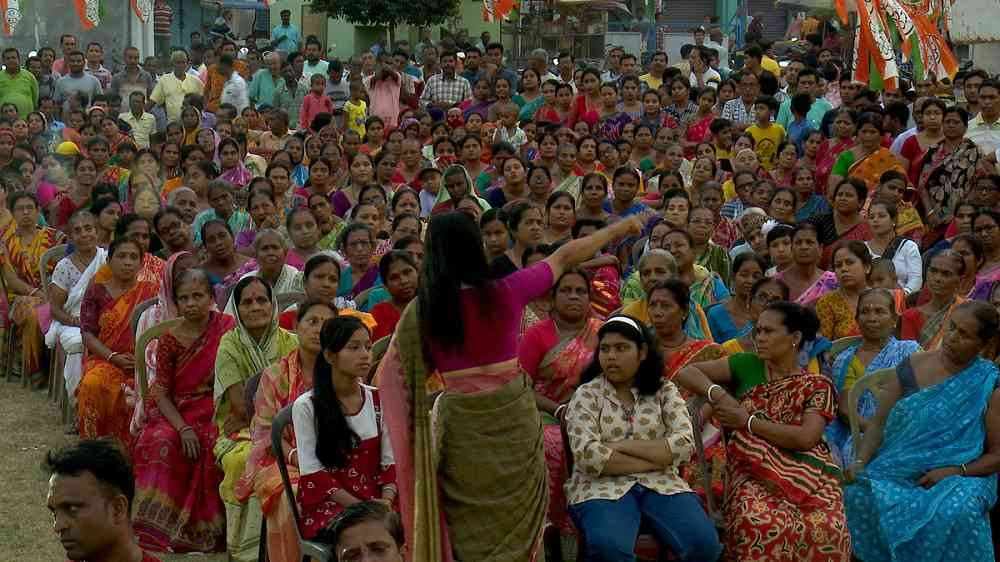
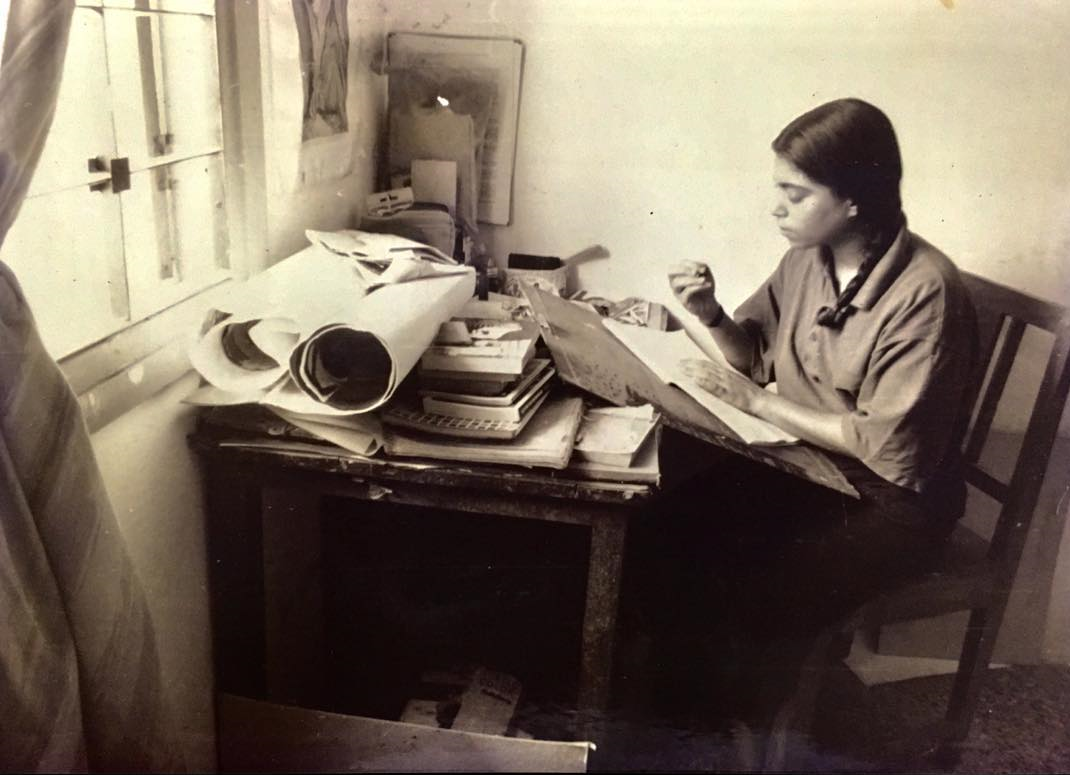
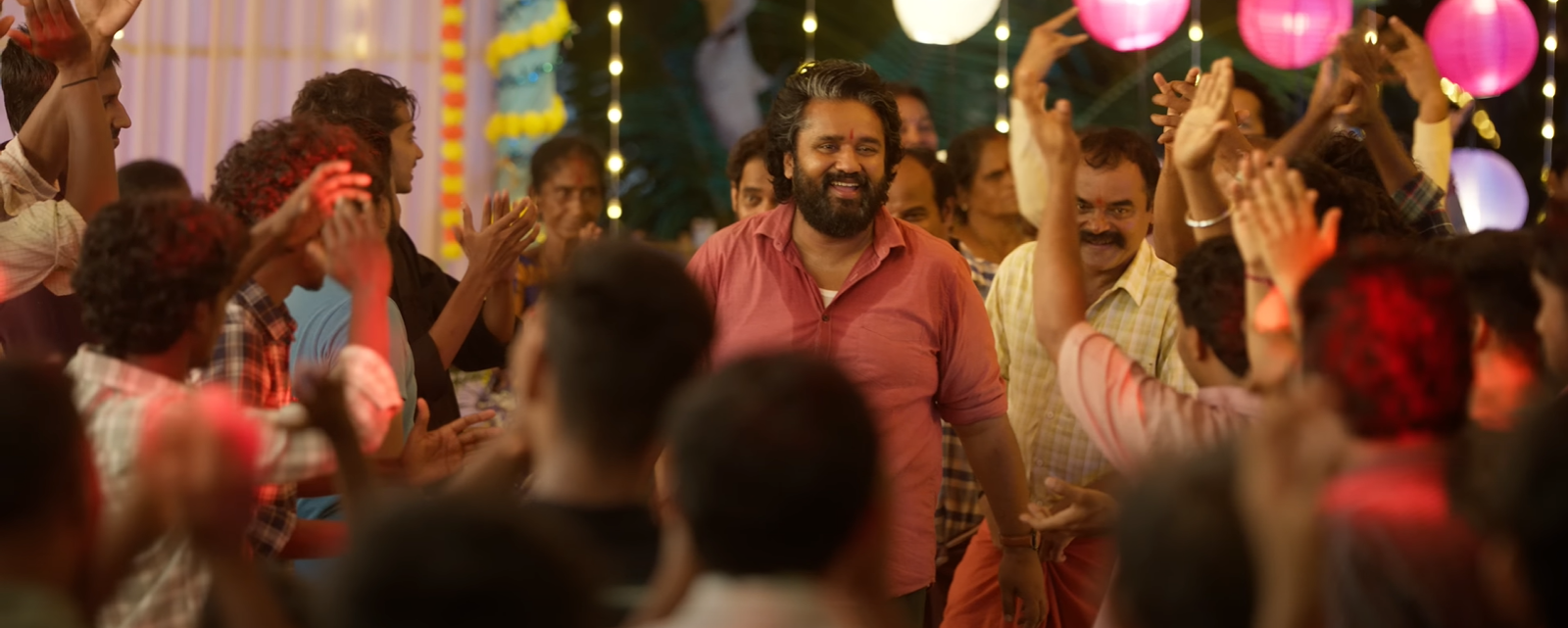
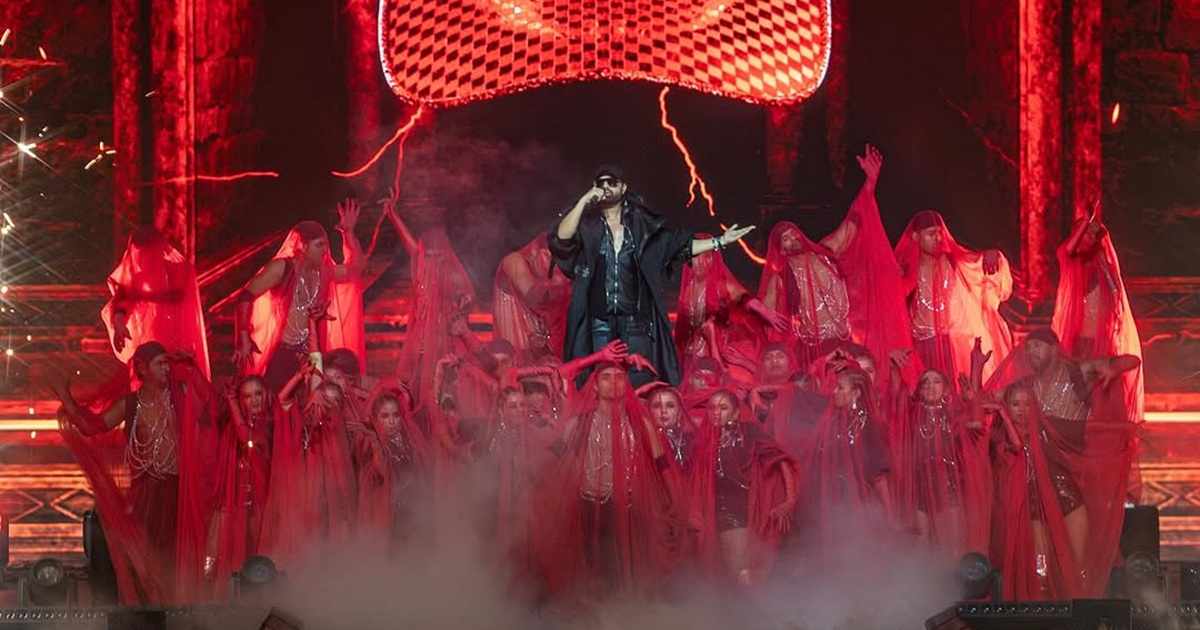
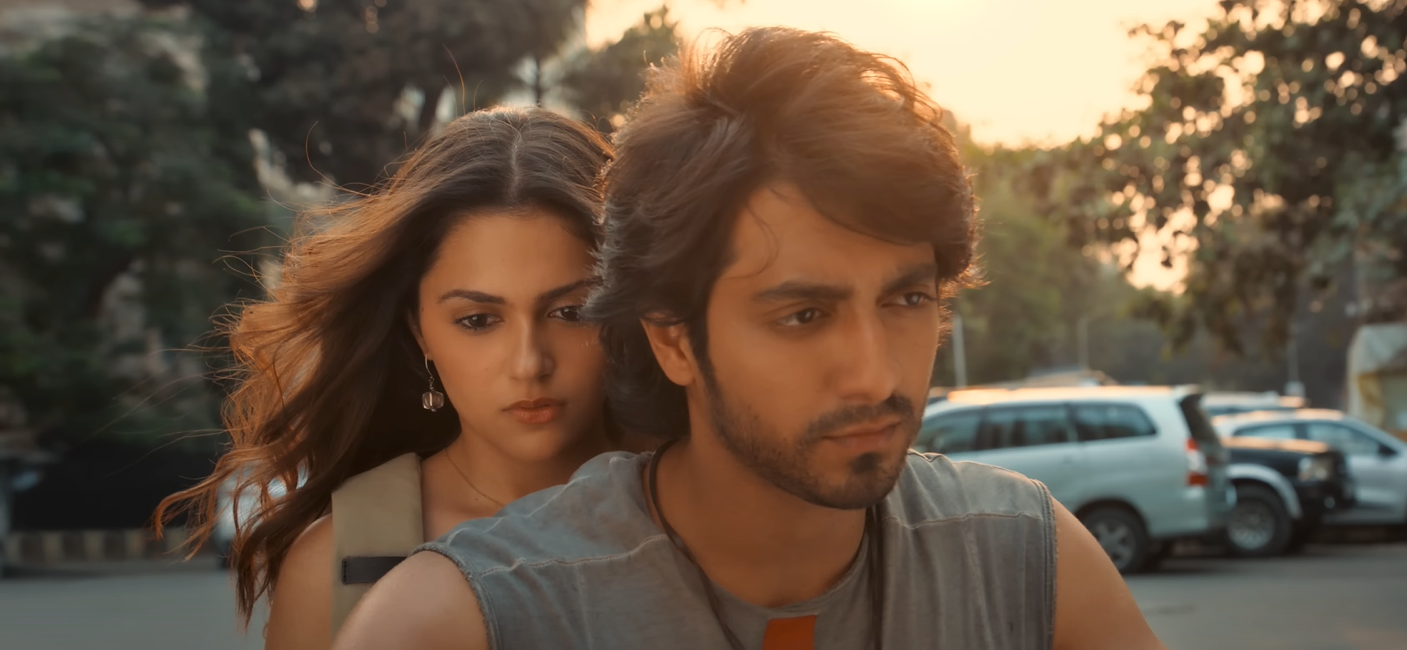
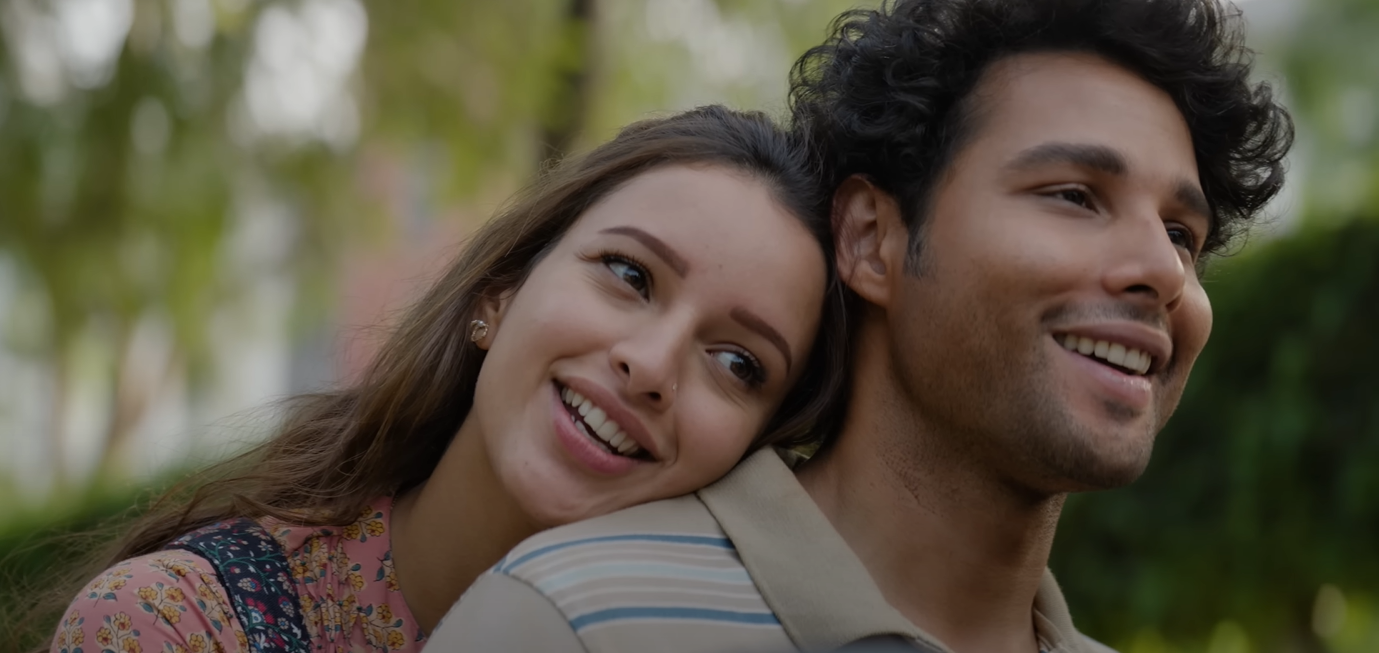


Write a comment ...